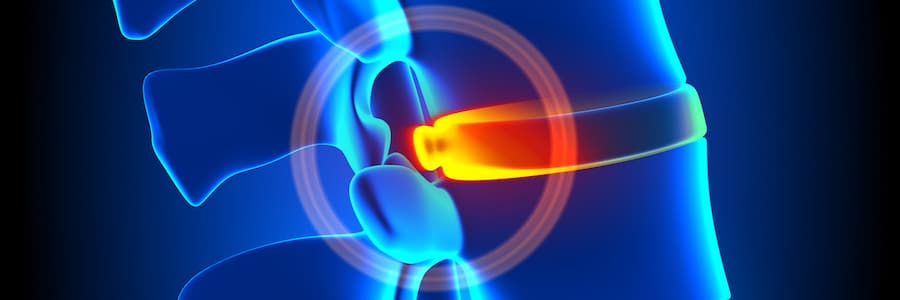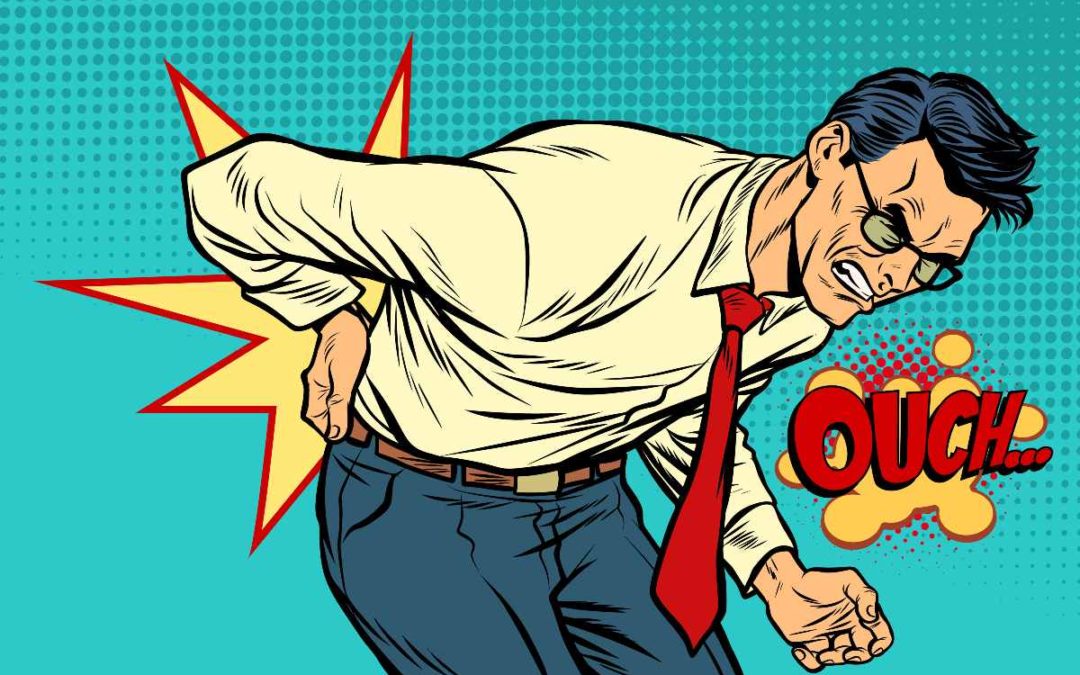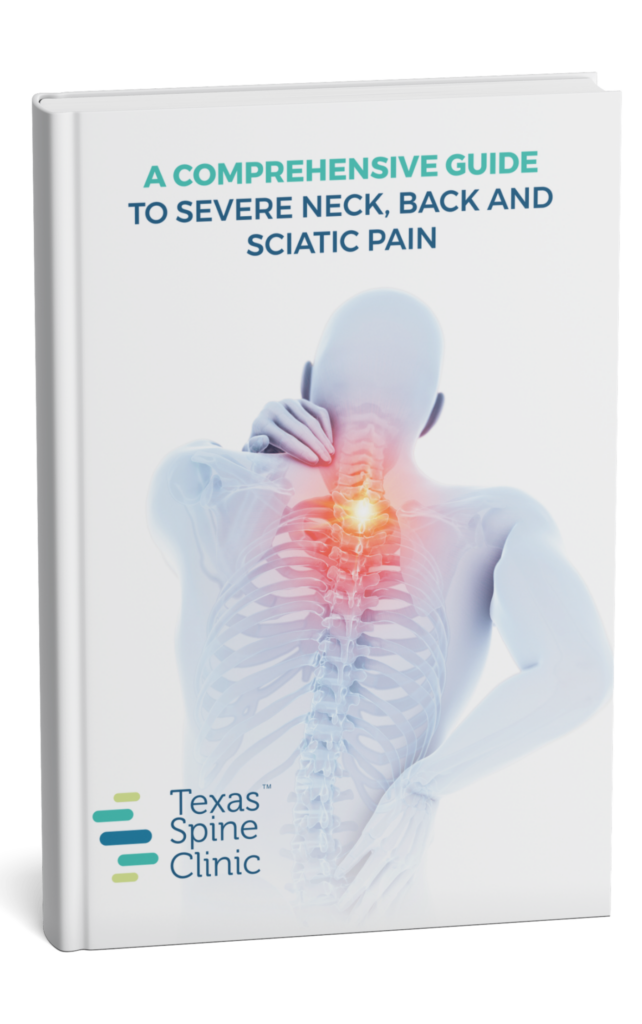The discs in your spine are made of cartilage and help cushion all the vertebrae in your spine. You can think of them as small jelly donuts just the right size to fit in between your vertebrae. Their purpose is to protect the vertebrae from shock and absorb any of the impact that happens with general motion. However, bulging discs, also known as herniated discs, happen and can be very uncomfortable. Here’s are some ways to deal with bulging discs if you’re having issues with them.
What is a Bulging Disc?
First off, what is a bulging disc? As we age, discs begin to show wear and tear, becoming less able to absorb shock. The softer cartilage that makes up the disc becomes dehydrated, which causes it to stiffen. This can cause the tougher cartilage that comprises the outer layer of the disc to bulge. It starts to become too large to fit between the discs. Sometimes the entire circumference of the disc is affected. Even though only the outer cartilage is involved when this happens, It is possible that only three quarters to a half of the disc is affected.
Symptoms of a Bulging Disc
The first sign that there is a problem from bulging discs is severe pain. Bulging discs can be very painful. You can experience pain locally near the problem area or you can also experience radiating pain that is felt in the extremities. This radiating pain happens when displaced disc material puts pressure on the spinal nerve.
Symptoms to pay attention to are:
- Pain
- Numbness
- Cramped Muscles
- Tingling
- Weakness
What Causes Bulging Discs
As mentioned earlier, this condition is often caused by degenerative changes as you age. However, other contributing factors include:
- Weight gain
- Smoking and excessive alcohol use
- Repetitive lifting and activities that strain your back
- Contact sports
- Improper form when weightlifting
- Trauma
- Hereditary Disc disease
Where are Bulging Discs Located?
A bulging disc is located in the cervical or neck, thoracic or middle back, lumbar or lower back. They can cause discomfort in different areas of the body. A disc that is bulging in the cervical region will often cause pain and other symptoms in the shoulders, arms, hands, and other areas of the upper body. Conversely, a bulging disc in the lumbar region will affect the buttocks, hips, legs, feet, and other areas of the lower extremities.
Bulging Disc Treatment
Treatment for bulging disc can include many options. When you’re first diagnosed, you may be asked to try some of the following to get relief from your symptoms:
- Stretching exercises
- Rest
- Avoid activities that strain your back
- Hot or cold compresses
- Exercises under the direction of a physical therapist
- Medication
- Cortisone injections
- Weight loss
Treatment for bulging disc can also include chiropractic treatment, acupuncture, and spinal decompression therapy. These alternative treatments can be quite effective and may help you to avoid more invasive procedures.
Contact Texas Spine Clinic Today
If you’re experiencing neck pain or lower back pain, it could be a bulging disc. And if you’re experiencing extreme pain that is affecting your everyday routine, you should always contact a professional right away. The team at Texas Spine Clinic can help you get back to enjoying life without pain again. Contact us today, and receive a free spinal pain relief kit.




